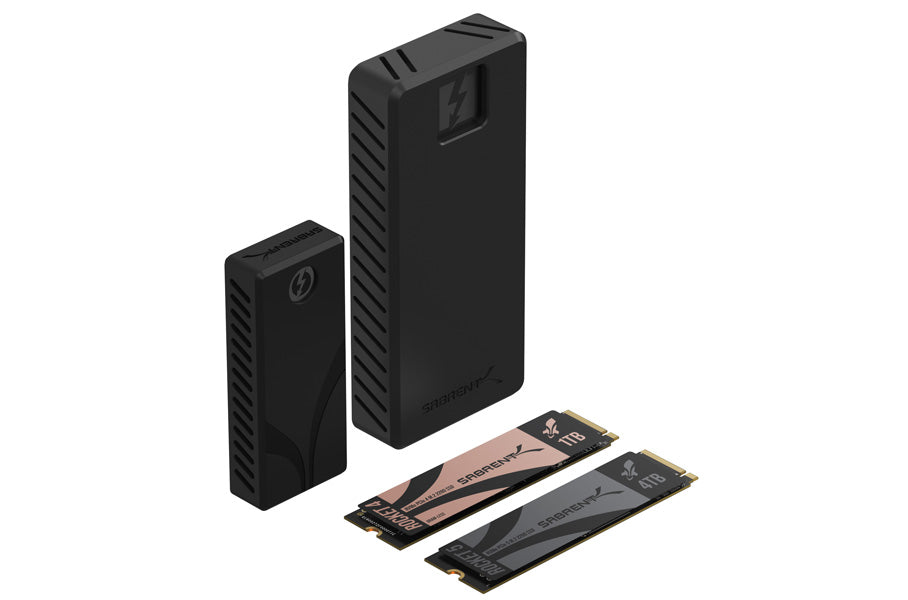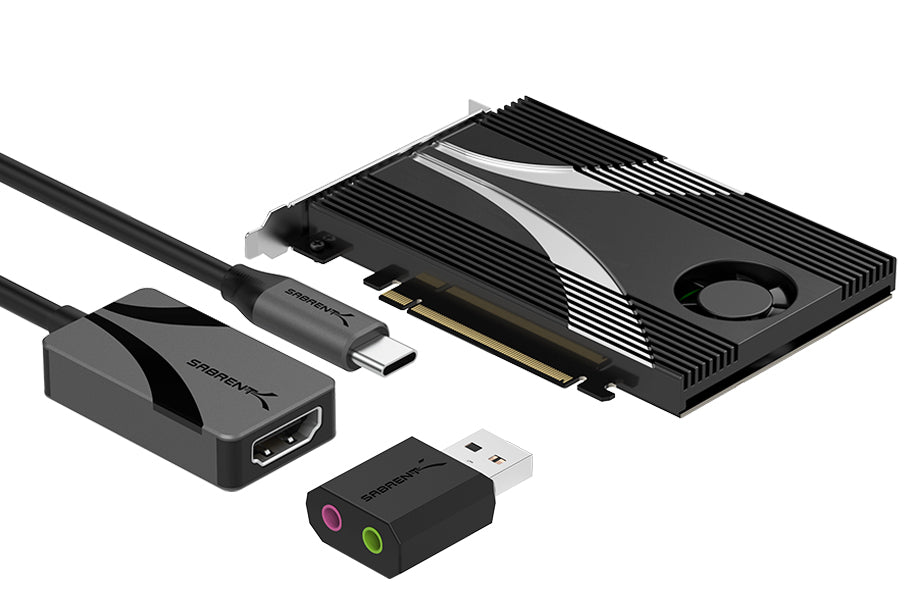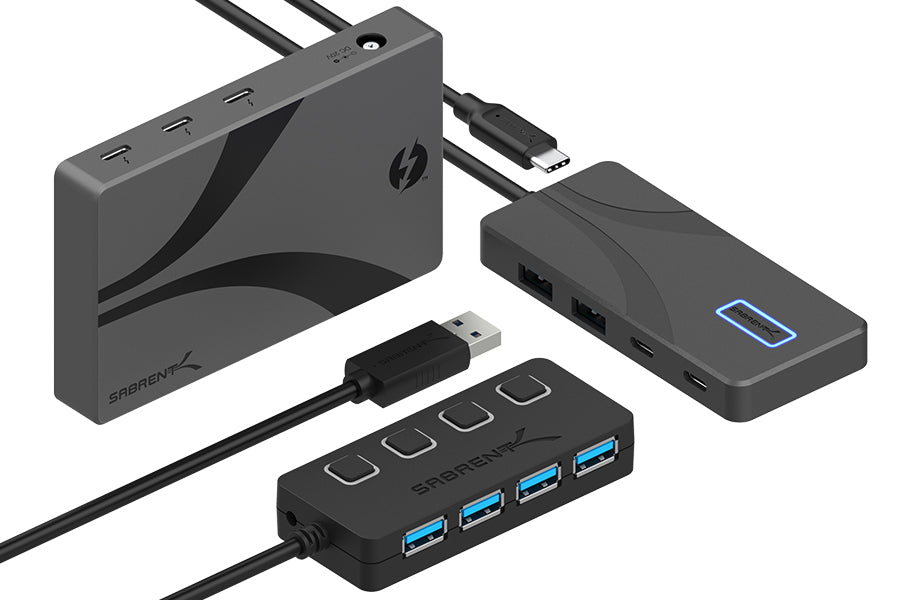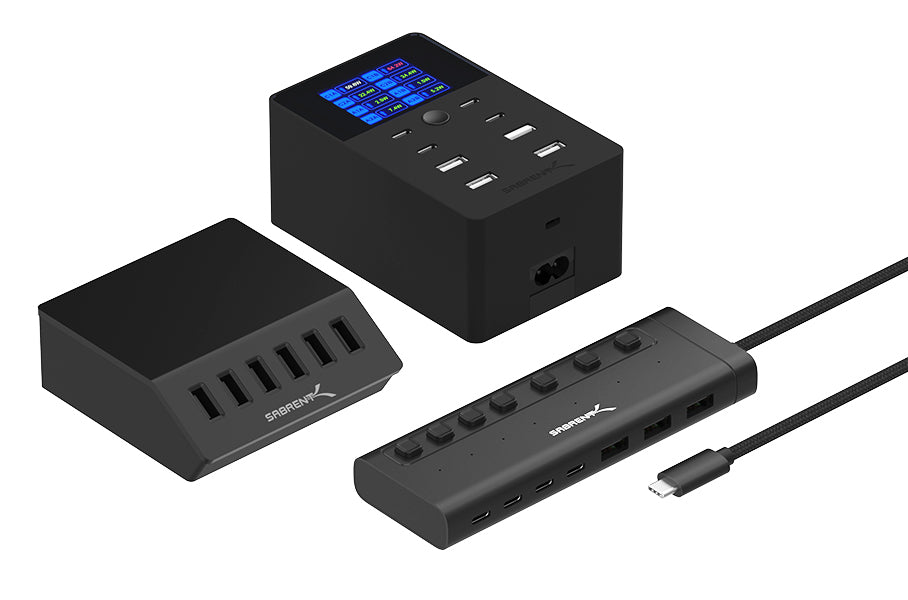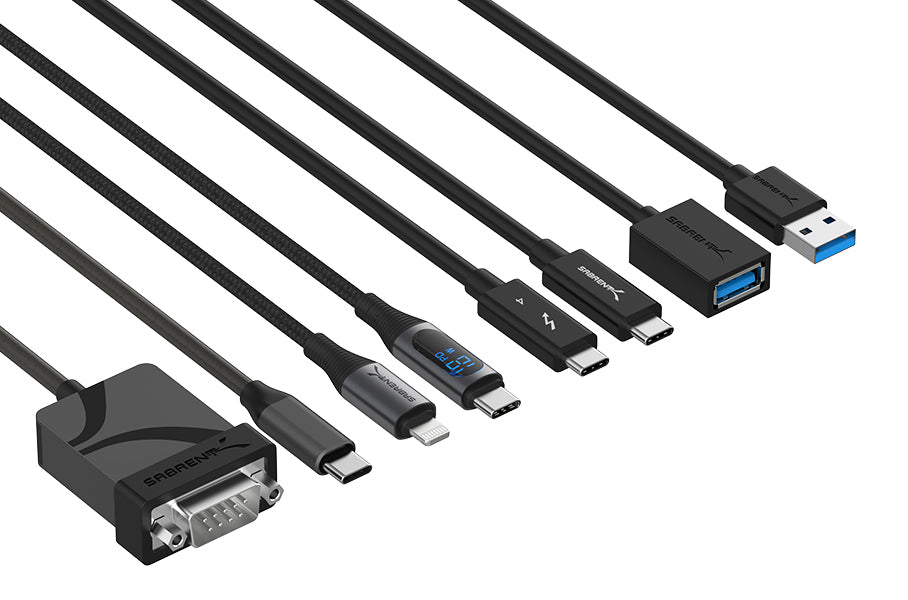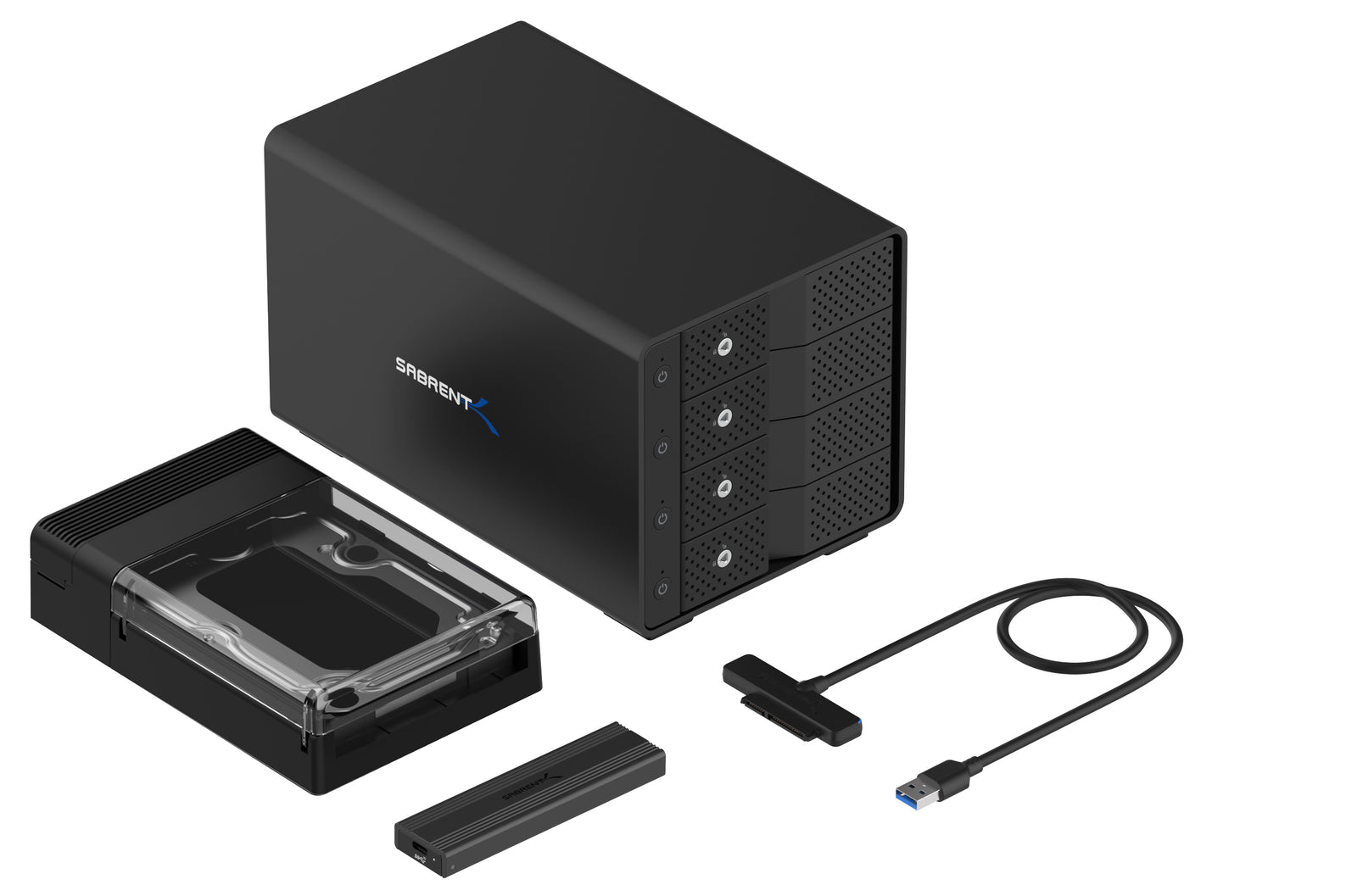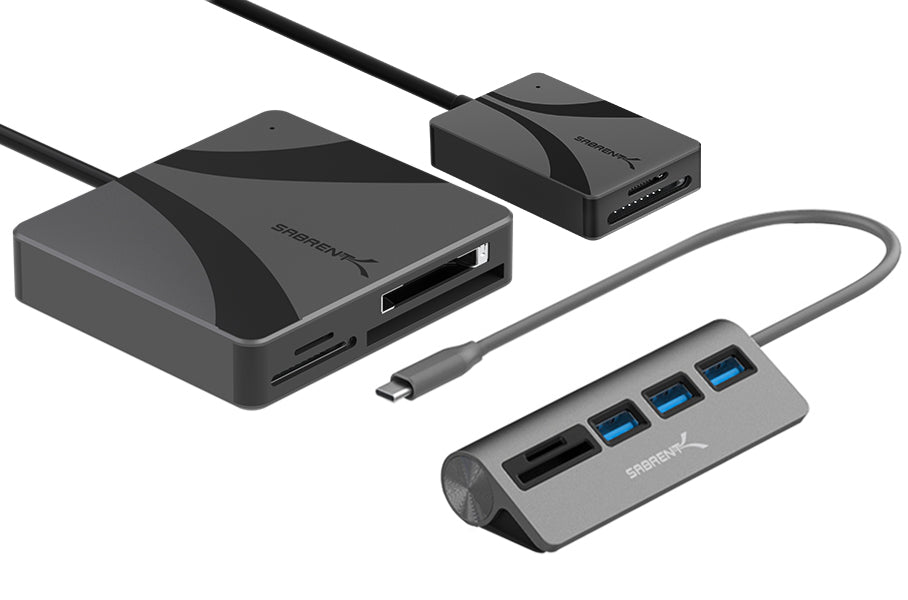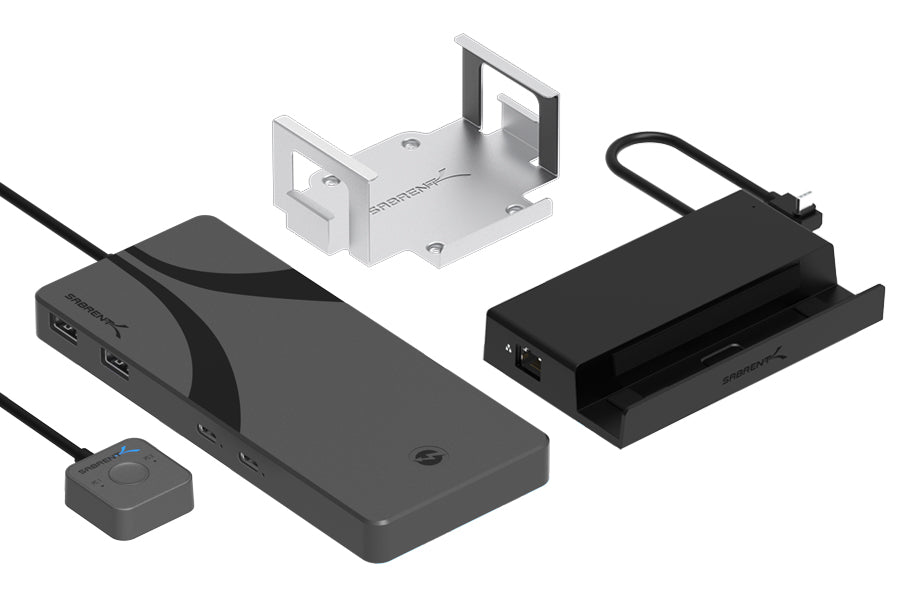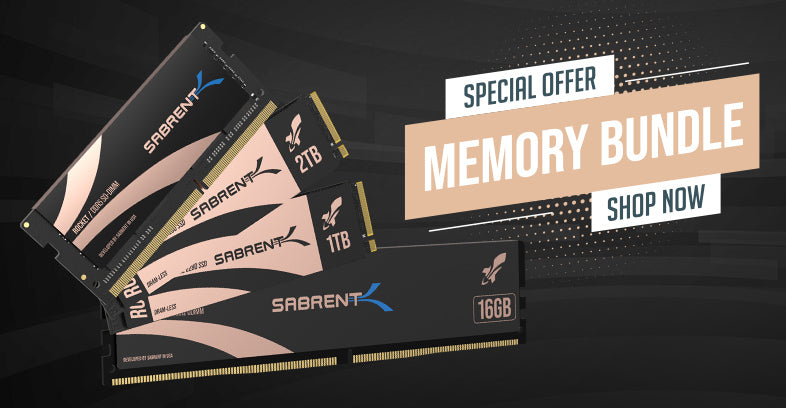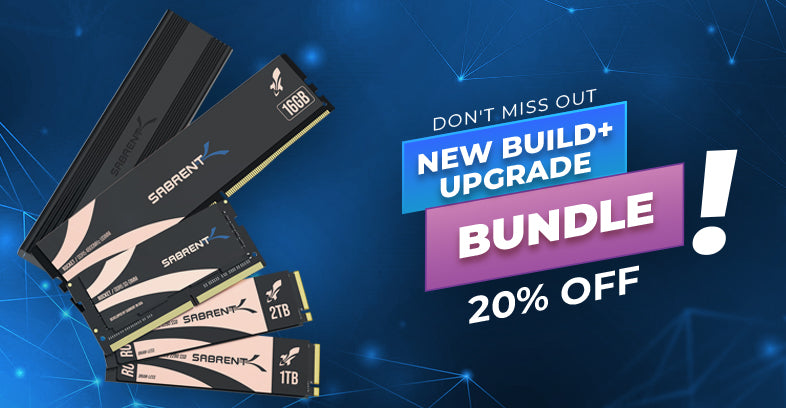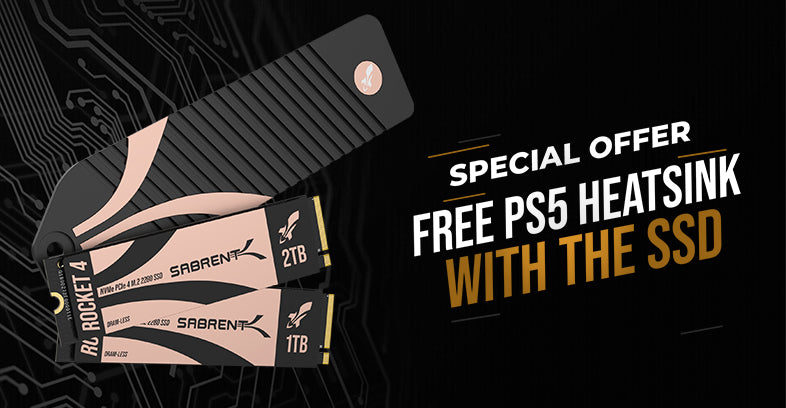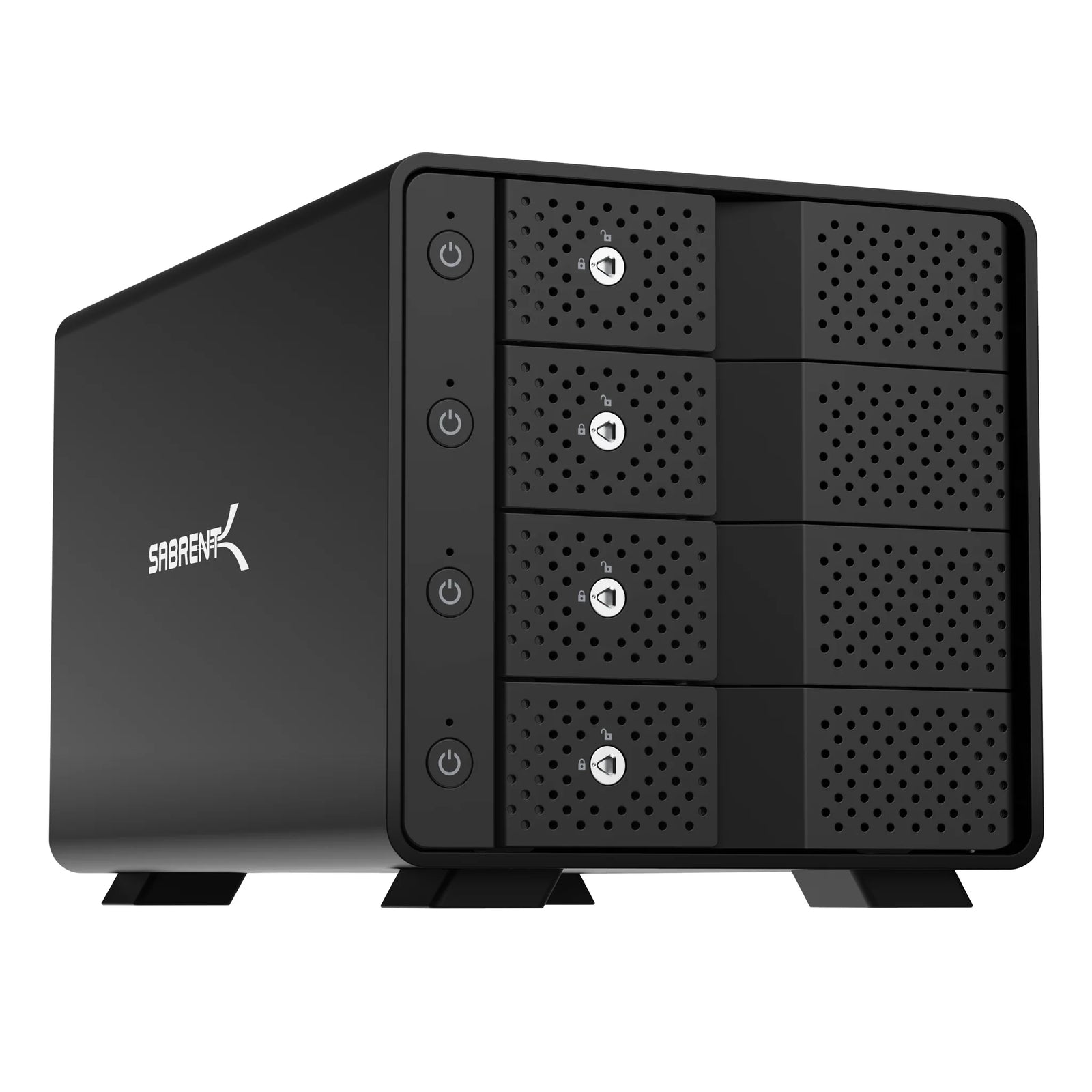When buying a SSD, people tend to look at two primary characteristics: performance and capacity. Performance on the box is usually “up to” read and write sequential performance, but IOPS may also be listed. While this is a good way to get a general idea of the drive’s capabilities, many users cannot benefit from peak performance and such ratings may be deceptive as they indicate ideal SLC-mode performance. Beyond knowing the type of flash, having some understanding of different controllers - and what the controller does - can be useful when selecting a product.

Consumer SSD controllers are usually sold as an application-specific integrated circuit (ASIC) solution, which means it has many components acting together in a specialized way. At the heart is a microcontroller, a type of embedded processor that’s in everything from your car to your smartphone. The controller will handle communication with the flash and host and also manages functions like encryption, compression, and error correction through modules. The controller has its own firmware, ROM, and SRAM, but can also have DRAM to help with metadata - this optional feature is something many users look for when buying a SSD as it improves performance and endurance.

SSD Controller ASIC (Source: SemiconductorEngineering)
The controller will have a number of channels, or buses, to speak with the NAND flash. Each channel has its own clock rate and therefore MT/s rating, using the same double data rate (DDR) configuration as DRAM. Faster speeds and more channels means higher maximum performance. Consumer controllers tend to have four or eight channels but the PlayStation 5’s SSD has twelve while enterprise SSDs are often sixteen-channel. The ability to interleave between and within channels also increases the maximum viable capacity. Controller choice also has secondary impacts to power efficiency, flash type support, endurance, and more.

Most of our drives use powerful, eight-channel, DRAM-equipped controllers. This ensures the best performance without compromise. It also means we can offer competitive capacities and, in fact, we try to offer the highest-capacity consumer drives on the market. We’re constantly updating our flash for the best user experience to make sure these controllers are always pushed to the edge of their abilities. We help take out the guesswork: we use whatever technology is ideal for the user.
See our storage products here.

